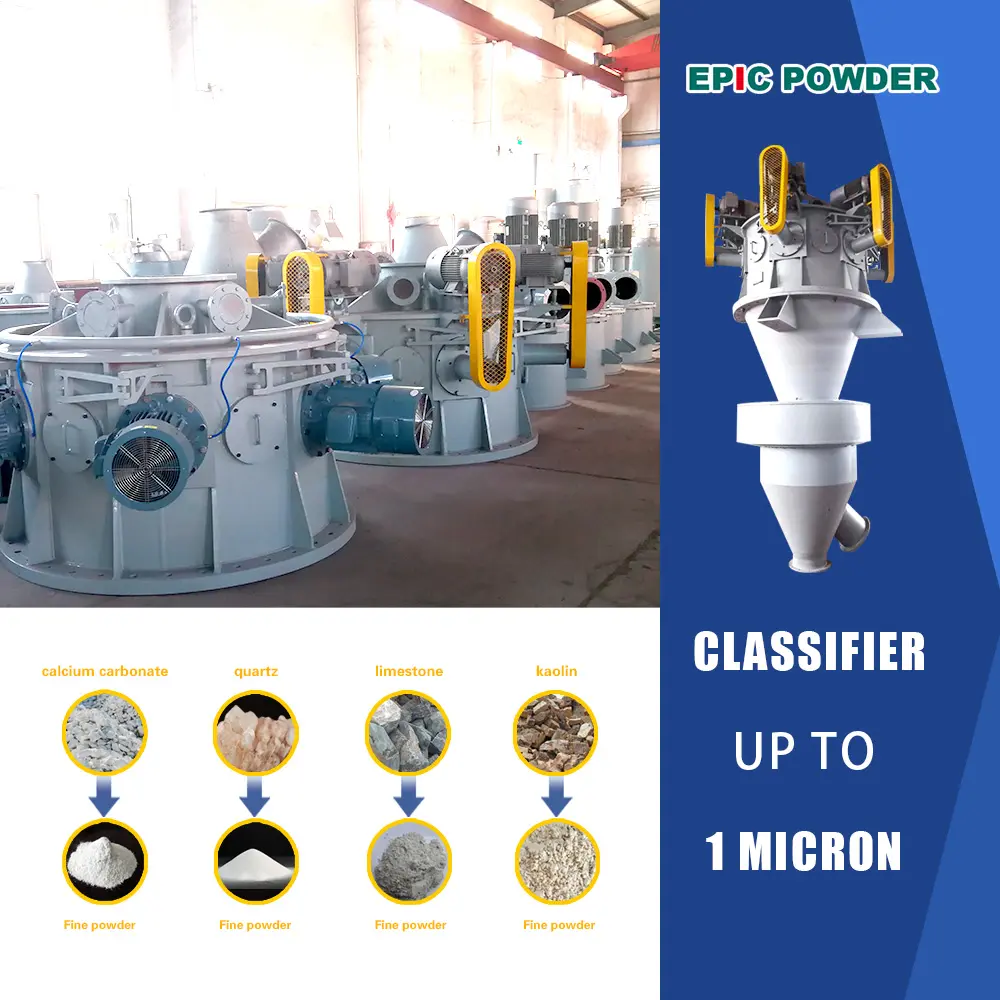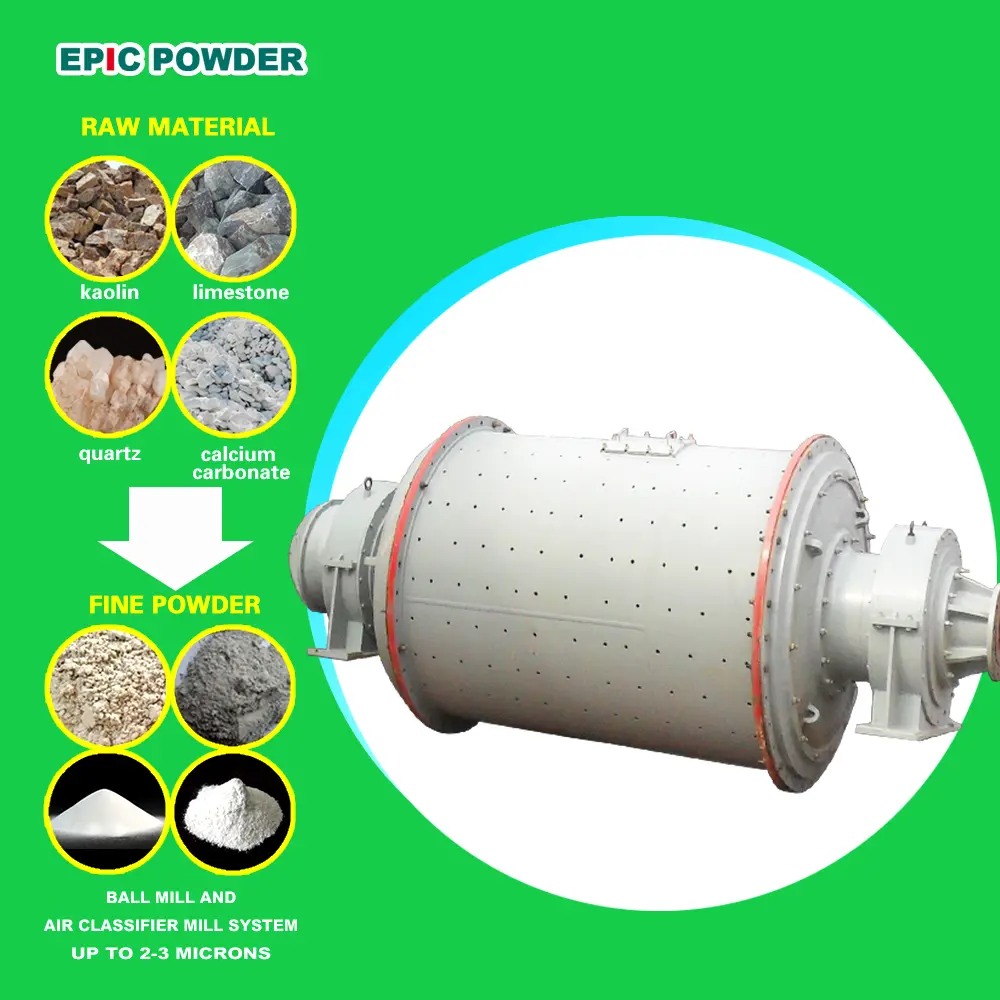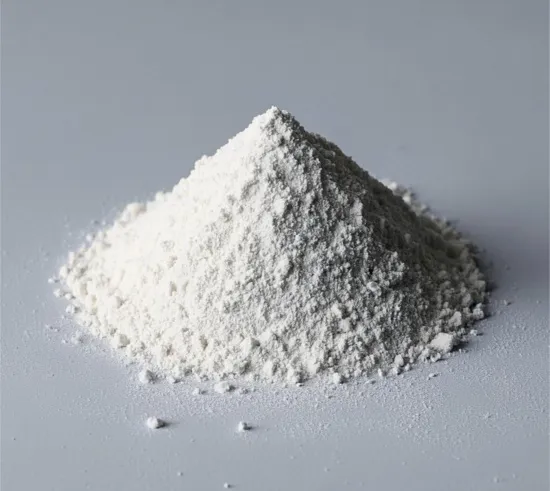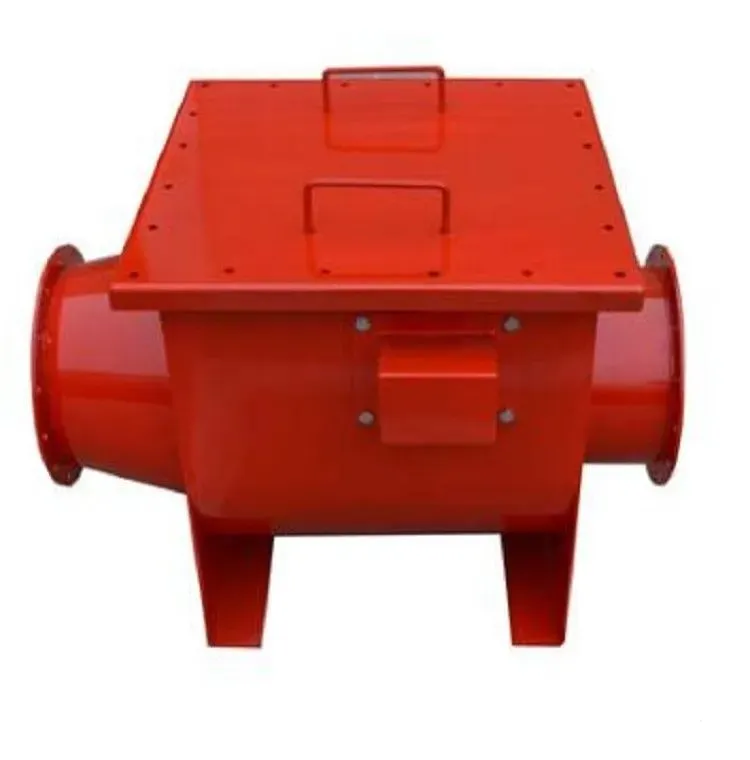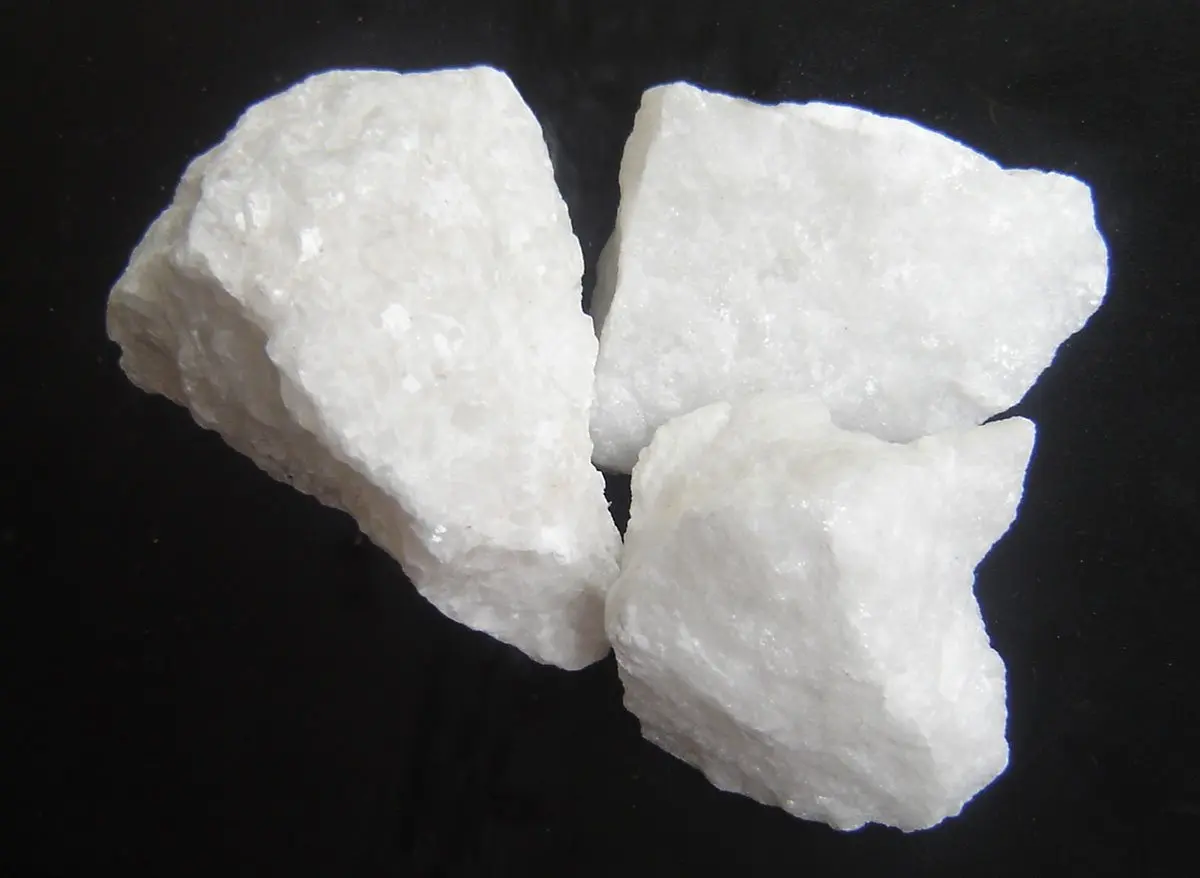Air pulverizers are commonly used with the advantages of easy operation, high precision and low noise. Among them, the frequency of the classifying wheel is a very important parameter in the air pulverizer. It plays a vital role in controlling the particle size of the material. This article introduces how to adjust the frequency of the classifying wheel of the air pulverizer. And it also explores the effect of the particle size control.
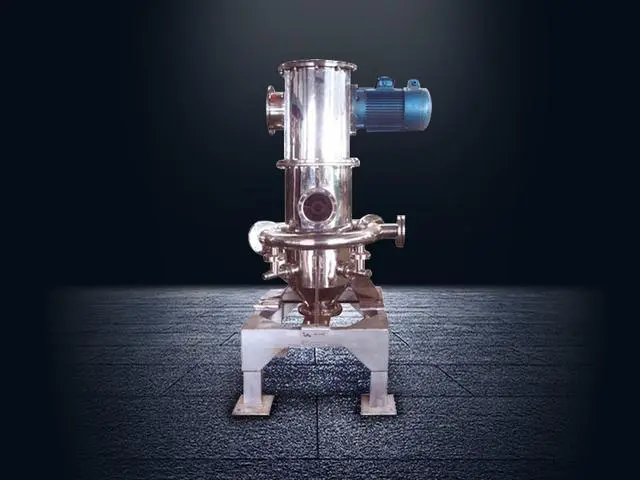
Working principle of air pulverizer
The air pulverizer cuts and impacts the material through high-speed rotating blades to produce a large amount of granular materials. These granular materials are then carried away by the airflow and graded by the classifier to finally obtain the product of the required particle size. In this process, the frequency of the grading wheel is one of the key parameters for controlling the particle size of the material.
Adjustment method of the frequency of the grading wheel of the air pulverizer
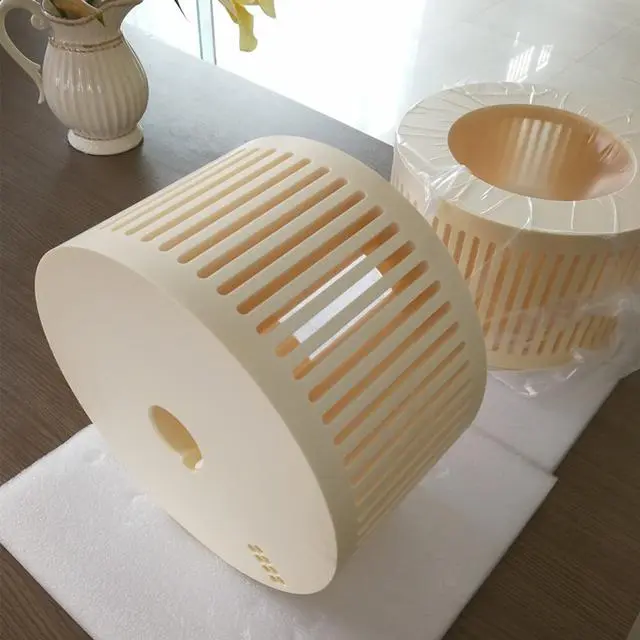
1. Determine the target particle size
Before adjusting the frequency of the classifying wheel, we need to first determine the target particle size required. Usually, different materials have different target particle size requirements, so it is necessary to adjust according to actual needs.
2. Adjust the frequency of the classifying wheel
Adjusting the frequency of the classifying wheel is an important method to control the particle size of the airflow mill. The higher the frequency of the classifying wheel, the better the material separation effect and the smaller the particle size. Conversely, the lower the frequency of the classifying wheel, the worse the material separation effect and the larger the particle size. Therefore, in practical applications, it is necessary to make reasonable adjustments based on the characteristics of different materials and the target particle size requirements.
3. Adjust the inlet and outlet dampers
While adjusting the frequency of the classifying wheel, we also need to adjust the inlet and outlet dampers. The inlet damper is one of the key parameters for controlling the internal airflow volume of the airflow mill, while the outlet damper is one of the key parameters for controlling the exhaust gas. When adjusting the frequency of the classifying wheel, the best particle size control effect can be achieved by appropriately adjusting the size of the inlet and outlet dampers.
4. Ensure that the material enters evenly
While adjusting the frequency of the classifying wheel, we also need to ensure that the material can enter the airflow mill evenly. If the material enters unevenly, it will lead to uneven particle size, which will affect the quality of the product. Therefore, when adjusting the frequency of the classifying wheel, it is necessary to ensure the uniform entry of the material.
5. Check the details
When adjusting the frequency of the classifying wheel, it’s important to also inspect the condition of the airflow mill. For example, the wear level of the grinding disc and the structural integrity of the classifier, and so on. These details directly affect the performance of the airflow mill and, thereby, the effectiveness of particle size control.
Classifying Wheel’s Effect on Powder Particle Size Control
Adjusting the frequency of the classifying wheel plays a vital role in controlling the particle size effect of the airflow mill. By properly adjusting the frequency of the classifying wheel, we can obtain the required target particle size while ensuring the stability of the product quality.
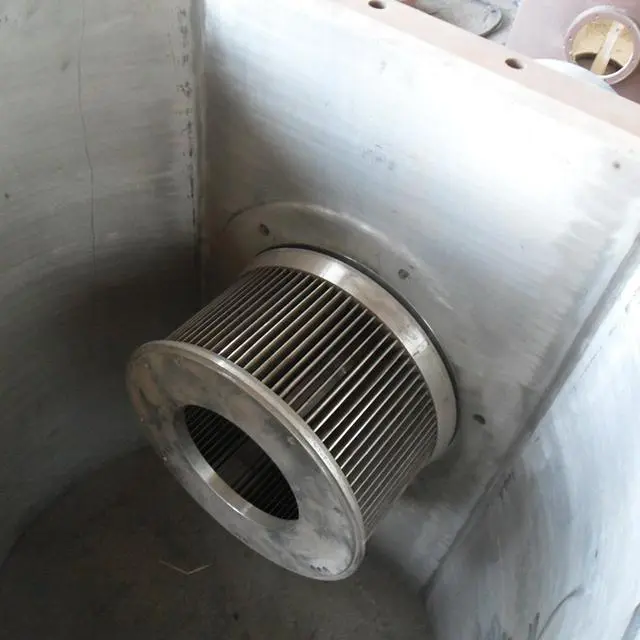
In short, the air pulverizer is a particle material crushing equipment widely used in various fields. In order to obtain the required particle size, we need to control the operation of the airflow mill. It can be achieved by adjusting the frequency of the classifier wheel, the inlet and outlet dampers and other parameters. In applications, it is necessary to make adjustments according to the characteristics of different materials and the particle size requirements. Pay attention to checking the details of the equipment to obtain the best particle size control effect is also imporntant.

